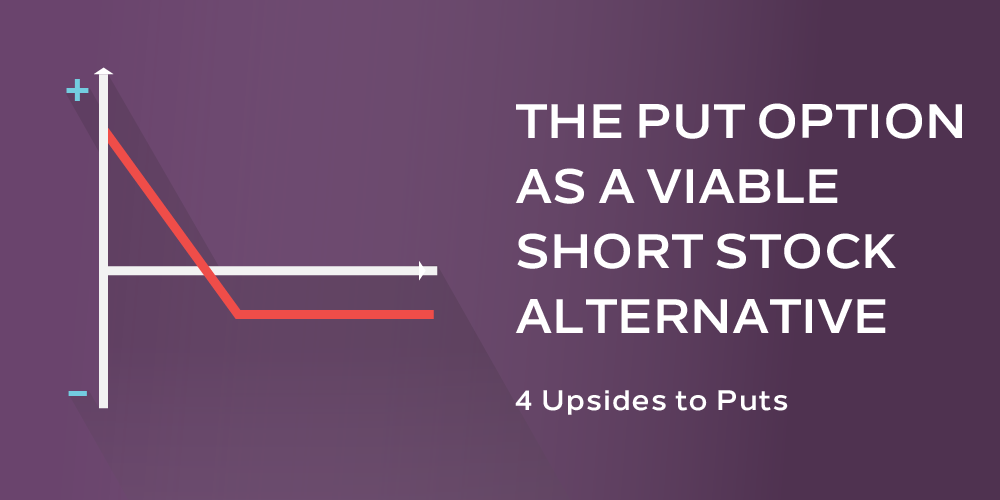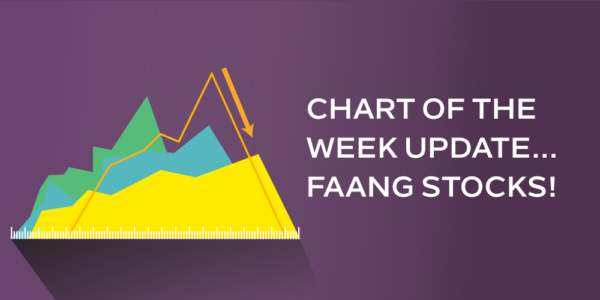
To make money in the market, it is said that one must “buy low and sell high.” But it doesn’t matter which comes first! Shorting allows stock bears to sell first and buy later at a lower price, profiting from an expected decline. Prior to the listed options market, this was the only way to benefit from a bearish stock view. This shortcut shows you how traders may find the purchase of a put option more attractive than shorting.
Here are the risks of shorting stock:
- The is unlimited upside risk – a stock has no price ceiling
- You owe the dividend if the short position is held over the ex-dividend date
- There is a margin requirement – your broker retains the proceeds of the sale and you are required to post 50% of the proceeds.
- You could get caught in a “short squeeze” – a continuous and rapid rise in the stock causing shorts to buy back in a panic.
- Possible “buy in” / ”close out” – you are borrowing the stock you sell. If your broker needs the stock back, they can buy back the stock without your permission
- A protective buy stop order does not guarantee price – stock “gaps” up at the opening
A long put gives its owner the right to sell a stock at the strike price. As such it is expected to increase in value as the stock declines. If the stock price is above the strike price at expiration, the put expires worthless, resulting in a complete loss. But there are some very attractive properties that puts possess:
- Risk is limited risk to the premium paid – unlike the short which is unlimited.
- The strike price can be considered a stop price – except it doesn’t have to be used
- There is no margin requirement – because the maximum loss is the cost of the option
- The position can be leveraged – can control more shares for less money than stock
For example, a stock currently trading at $101, has a 46-day put with a $110 strike price offered at $9.90 ($990). If held to expiration, this put has a break-even of $100.10 (strike – premium) and gains $1 of profit for every $1 the stock is below $100.10. But unlike the short sale, no matter how far above $110 the stock rises, the put owner can never lose more than $9.90.
One should explore how puts of various strike prices and expirations might behave to make a decision that best balances one’s specific risk tolerance.










